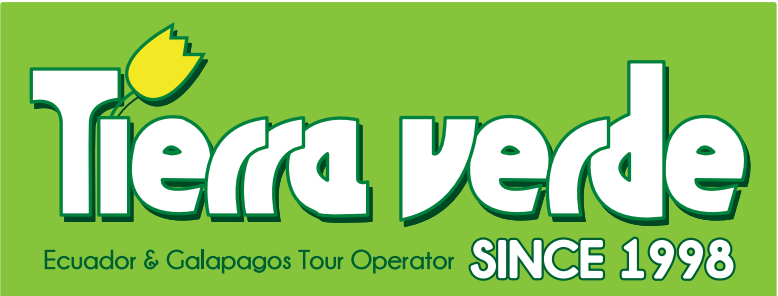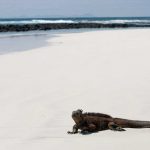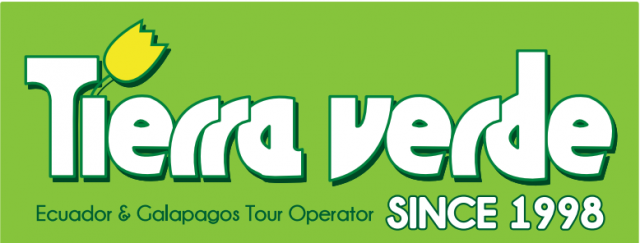
The endemic & native plants of the Galapagos Islands
In previous blogs we have the opportunity to talk about 14 incredible animals that inhabit the Enchanted Islands. Today, we have the pleasure to talk about the amazing flora of the Galapagos Islands, characterized by a unique natural richness with hundreds of endemic and native species. If you have questions or want to know more about these volcanic islands, feel free to contact us. Stay well and safe.
- Galapagos prickly pear: The Opuntia echios is a species of plant endemic to the Galapagos Islands (found nowhere else in the world). There are five types of Opuntia echios in the Enchanted Islands with different characteristics and distribution. For example, one species can reach an average height of 12 meters. An incredible and huge plant, indeed.
- Lava cactus: These cactuses are endemic to the natural laboratory of evolution (the Galapagos Islands), and inhabit the lava fields of Fernandina, Genovesa, Santa Cruz, Pinta and Isabela Islands. They were first described by a German botanist in 1902, and are strictly controlled by the Ecuadorian government.
- Darwin’s cotton: The Gossypium darwinii is a type of cotton plant endemic to the Galapagos Islands. It is closely related to the Sea Island Cotton, and has the largest flower of any endemic plant of the Galapagos Archipelago. They inhabit almost all islands, but you can see them easily at Tagus Cove, Post Office Bay, Urbina Bay, and at the Frigate Bird Hill.
- Galapagos carpet weed: The Sesuvium edmonstonei is a species of plant in the family Aizoaceae, and it is endemic to the Galapagos Archipelago. You can find this plant in almost all islands of the Galapagos, especially across rocky and arenaceous grounds.
- Opuntia saxicola: The Opuntia saxicola belongs to the family Cactaceae. It is a critically endangered species endemic to the Enchanted Islands and was first described by J.T. Howell, a remarkable American botanist and taxonomist.
- Galapagos tomato: There are two endemic tomatoes in the Galapagos Islands: The Solanum cheesmaniae and the Solanum galapagense, both species have evolved in these volcanic islands and are considered wild. According to a botanical journal, they have diverged from their closest relatives: the common tomato plant (Solanum lycopersicum), and a wild species of tomato that is native to Peru and Ecuador, the Solanum pimpinellifolium.
- Galapagos brown algae: The Zosterocarpus abyssicola is an endemic alga to the Galapagos Islands. The Galapagos brown algae is hard to recognize, and recent investigations have concluded that this plant is threatened by warming marine temperatures and overgrazing by sea urchins.
The Galapagos Islands are one of the most incredible places in the world, characterized by an incredible diversity of plants, some of which are endemic to these volcanic islands. In this article, we had the opportunity to talk about 7 endemic plants of the Archipelago that have adapted to their surroundings over the course of thousands of years. We invite you to visit our beloved Galapagos Islands, it will be a truly unforgettable experience!
Tags: Galapagos, plants, endemic, nature, flora, diversity.
Meta: In the following post we are going to talk about the amazing flora of the Galapagos Islands. All of the plants mentioned in this article are endemic to the archipelago (found nowhere else in the world). We hope you enjoy it!


